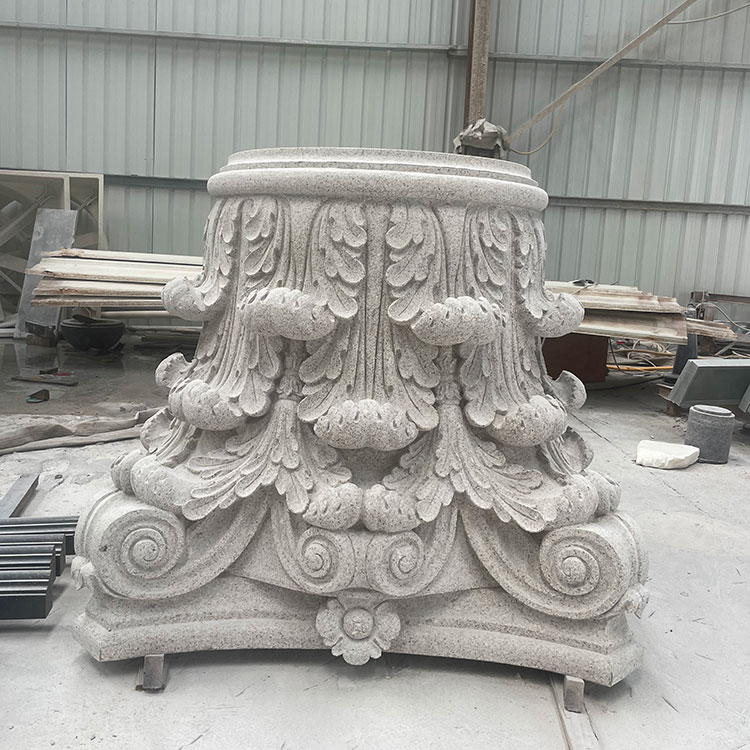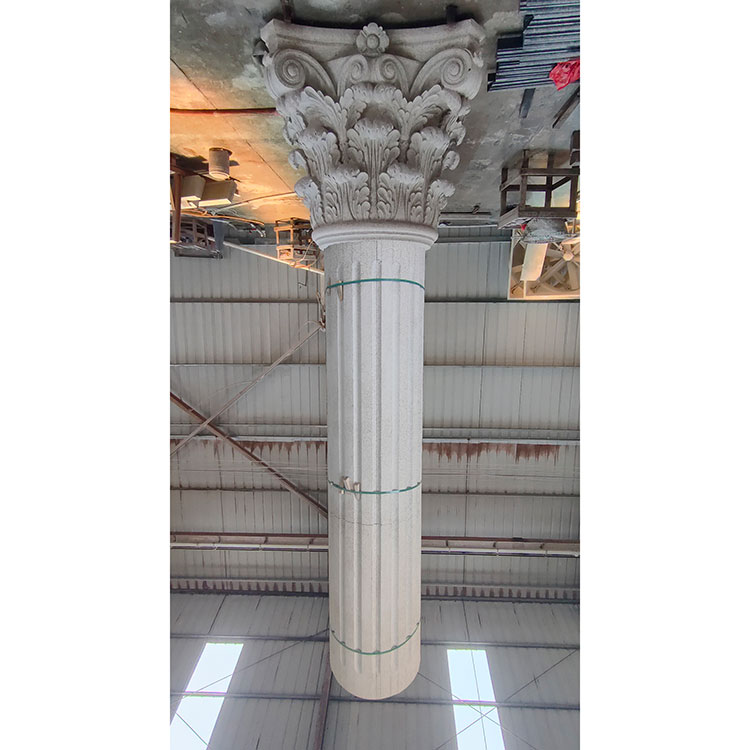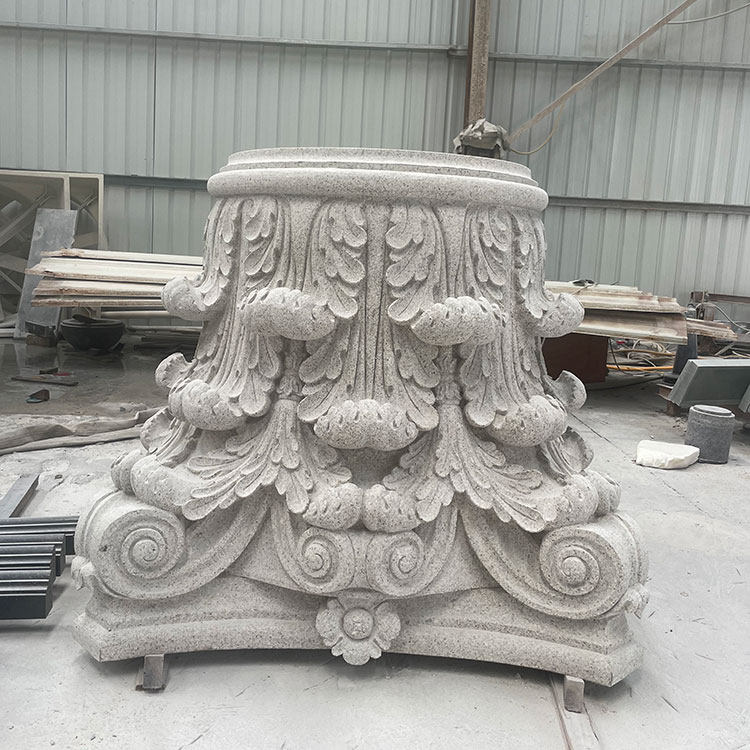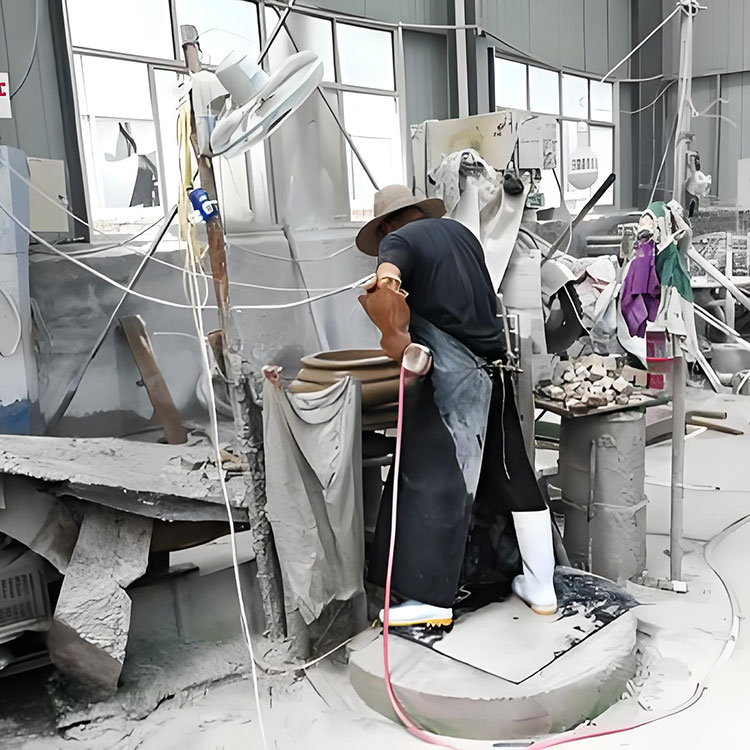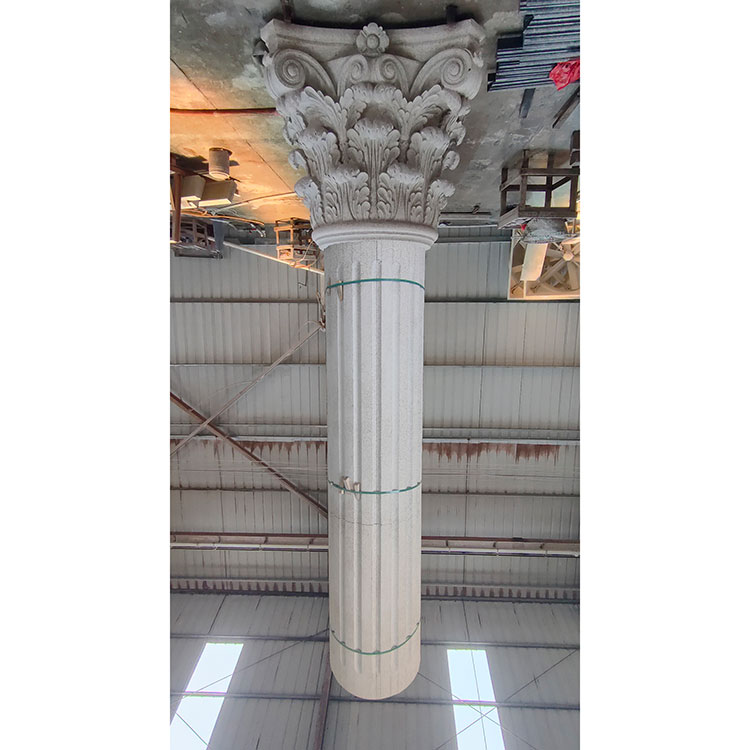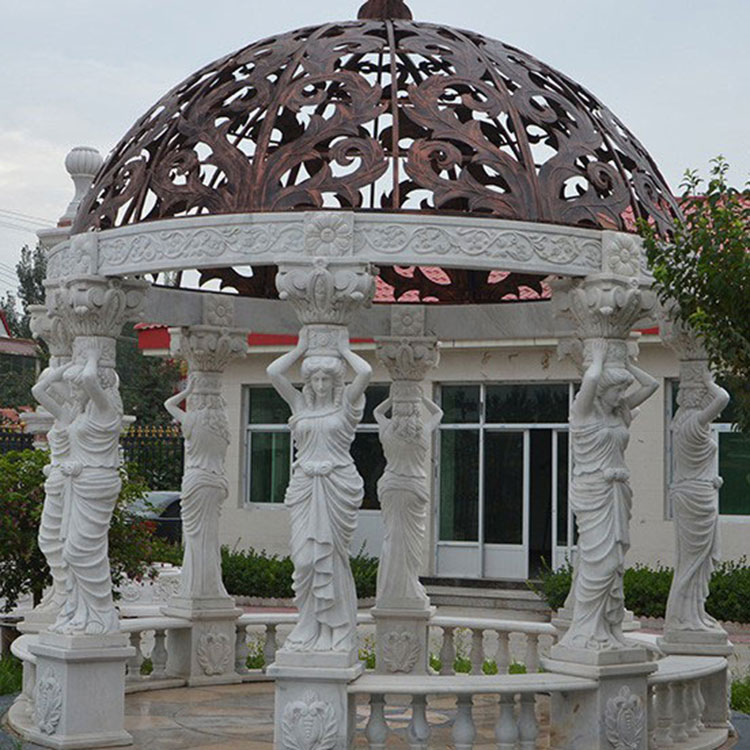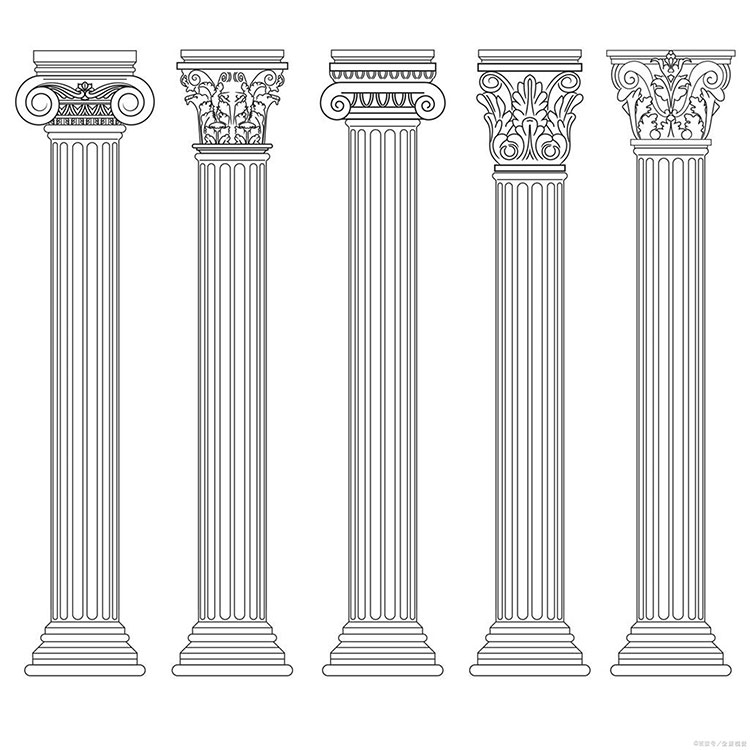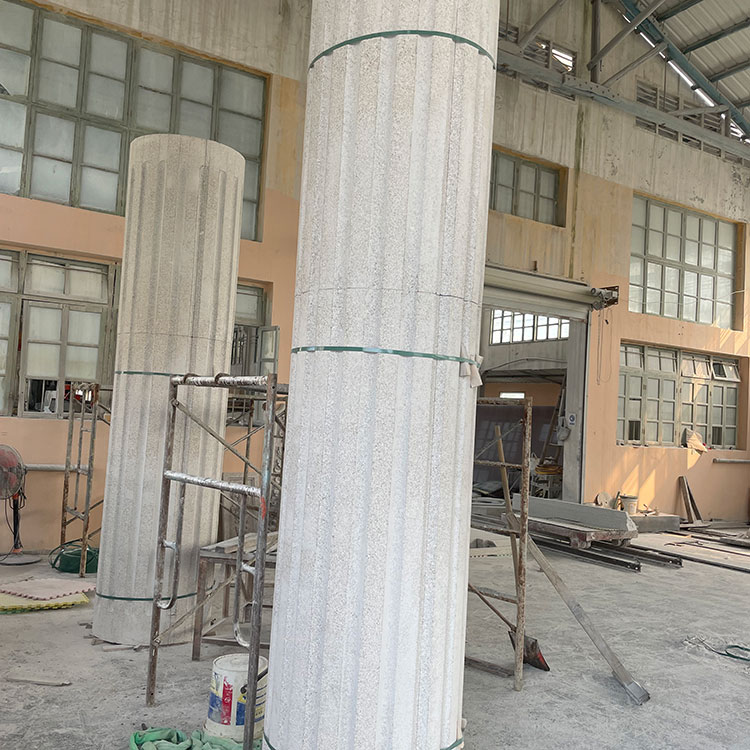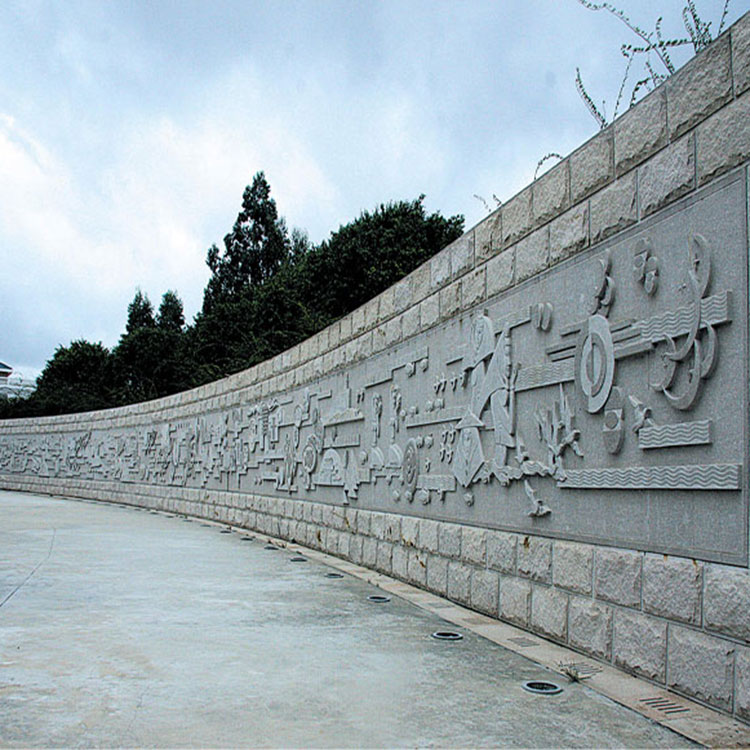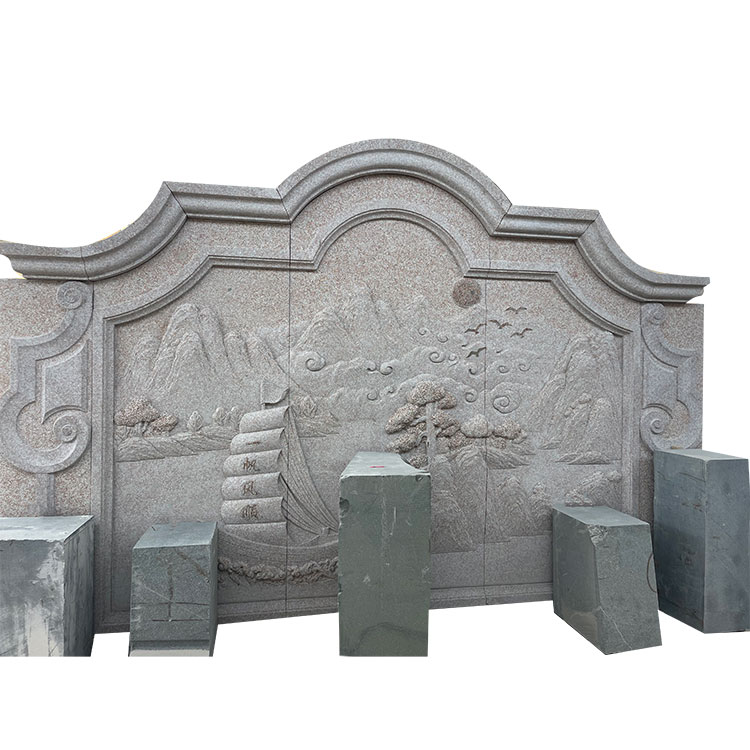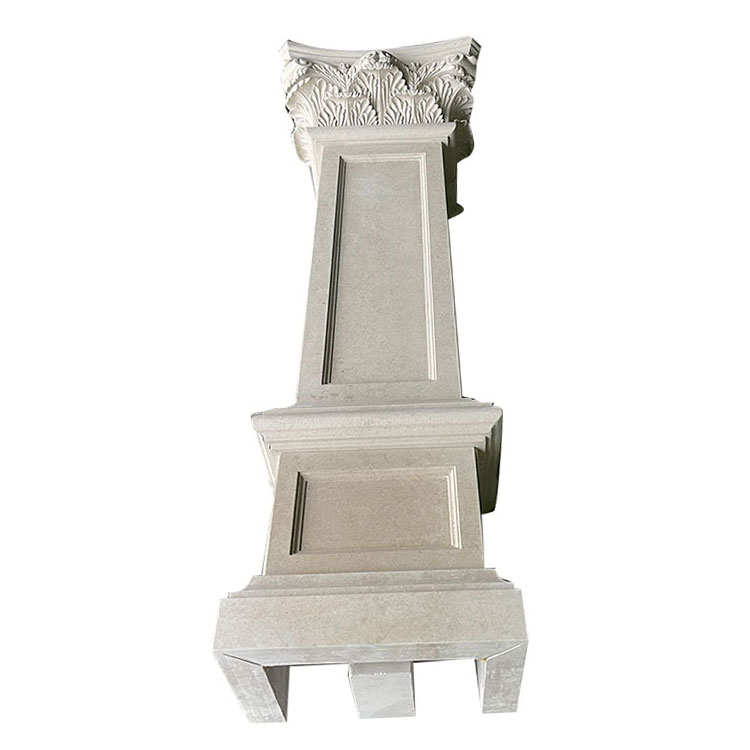
- English
- Español
- Português
- русский
- Français
- 日本語
- Deutsch
- tiếng Việt
- Italiano
- Nederlands
- ภาษาไทย
- Polski
- 한국어
- Svenska
- magyar
- Malay
- বাংলা ভাষার
- Dansk
- Suomi
- हिन्दी
- Pilipino
- Türkçe
- Gaeilge
- العربية
- Indonesia
- Norsk
- تمل
- český
- ελληνικά
- український
- Javanese
- فارسی
- தமிழ்
- తెలుగు
- नेपाली
- Burmese
- български
- ລາວ
- Latine
- Қазақша
- Euskal
- Azərbaycan
- Slovenský jazyk
- Македонски
- Lietuvos
- Eesti Keel
- Română
- Slovenski
- मराठी
- Srpski језик
Marble Roman Column
Send Inquiry
Marble Roman Column
Marble Roman columns, which are composed of columns and eaves. Columns can be divided into three parts: column base, column body, and column capital (column cap). Due to the different sizes, proportions and shapes of each part, as well as the different treatment and decorative patterns of the column body, different column styles are formed. At the same time, there are five types of marble Roman columns: Doric, Ionic, Corinthian, and Roman (Tassern, composite). Roman columns, which are made of marble, are a typical feature of Roman architecture and were appreciated for their beauty and elegance. Often used in public buildings, temples, and other monumental structures, these columns were a symbol of the power and strength of the Roman Empire.
The use of marble in the construction of these columns was very important, as it was a luxury material reserved for the most important structures. Marble columns are made from stones carefully selected for quality and color and are usually carved by skilled craftsmen.
Marble Roman columns are an important element in the execution of architectural styles and play a role in supporting buildings or other structures. It can be used in patios, doors, indoor walls, residences and other areas. In addition, Roman columns can also be used as decorative materials in landscape arrangements, such as gardens, parks, hotels and celebration venues.
Advantages of marble Roman columns:
First, marble Roman columns have a very strong load-bearing capacity, so they can help support the weight of the building and have high stability and durability. Secondly, the marble Roman columns are made of exquisite materials and have a gorgeous appearance, which can add a noble atmosphere to the building. Marble Roman columns also offer excellent weather resistance, anti-corrosion, and ease of transportation and installation, making them a very practical and popular material.
Famous examples of Roman marble columns include the columns of the Temple of Jupiter Optimus Prime on the Capitoline Hill in Rome and the columns of the Temple of Artemis in Ephesus, Turkey. The role of marble Roman columns in architectural creation cannot be ignored. Its versatility not only beautifies the appearance of the building, but also improves its stability and durability. It is a beautiful material widely used in the fields of architecture and design.
